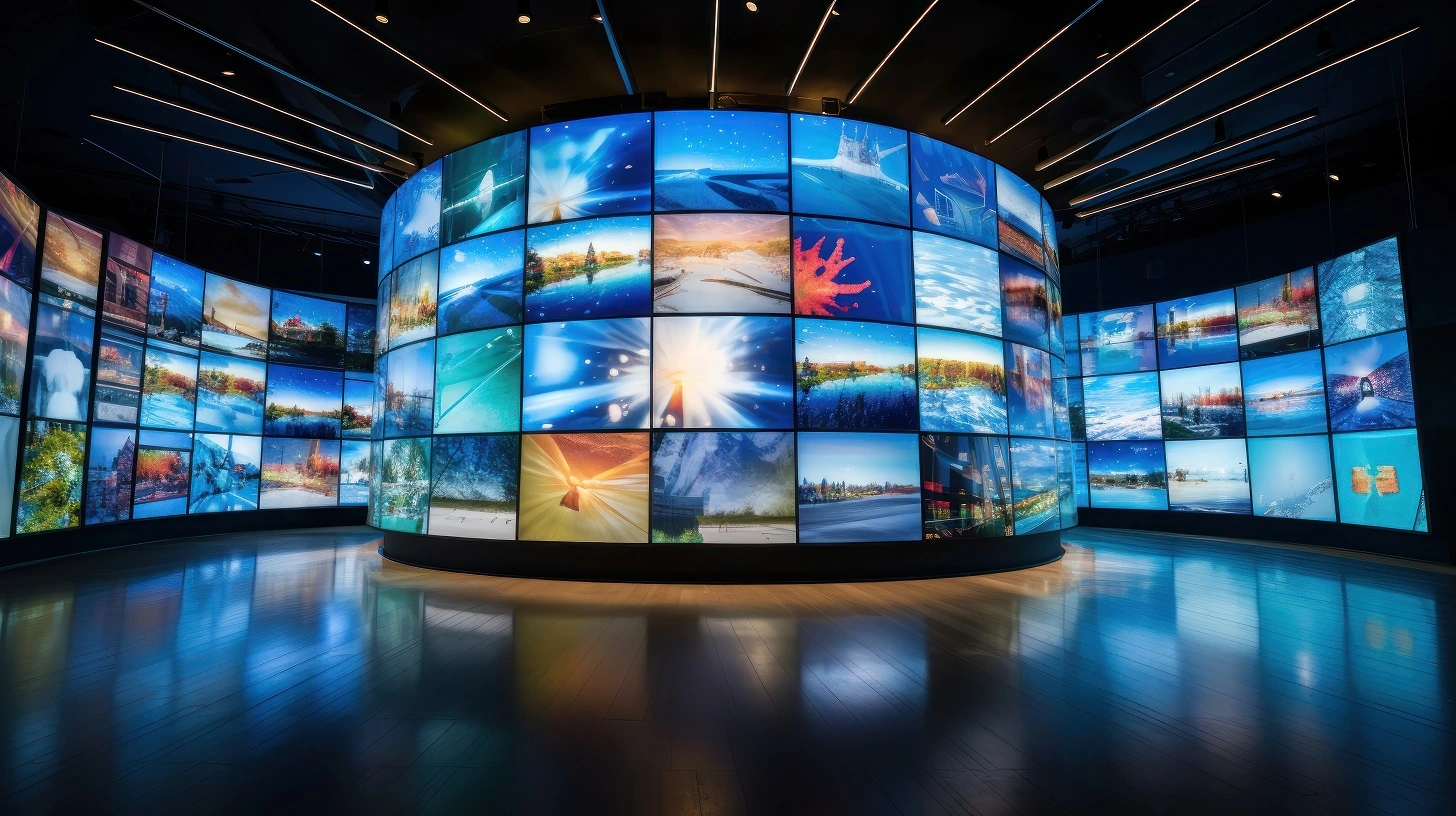Mastering Color Precision in LED Display Adjustment for Stunning Graphic Displays
Mastering Color Precision in LED Display Adjustment for Stunning Graphic Displays
Blog Article
Hue precision is essential for producing breathtaking visual displays, especially when using LED screens. These large screens are frequently found in locations like music venues, athletic arenas, and promotional billboards. When the colors on an LED wall are not accurate, the images can look dull or distorted, which can impact the total impression for audiences. Therefore, perfecting color precision in LED screen tuning is vital for attaining lively and realistic visuals.
The first step in guaranteeing color precision is comprehending how LED systems works. LEDs, or light-producing diodes, produce light in multiple shades by mixing red, green, and blue (RGB) light. Each pixel on an LED wall consists of these three colors. When calibrated properly, the combination of RGB can create a wide range of hues. However, if one hue is too intense or too faint, it can distort the entire screen. This is why tuning is needed to equalize the colors and achieve the desired visual result.
Tuning entails modifying the configurations of the LED wall to make sure that the colors displayed correspond the original content as closely as feasible. This process typically involves using specialized software and hardware instruments. Technicians frequently use color assessment devices, such as color meters, to examine the hues being shown. By contrasting the measured hues to benchmark color standards, they can make precise modifications. This guarantees that the colors are not only lively but also consistent across the whole display.
Another important aspect of color precision is understanding the surroundings in which the LED wall is used. Elements such as surrounding light can considerably affect how colors look. For instance, a well-lit illuminated room may fade hues, making them look not as vibrant. To mitigate this, technicians may adjust the luminosity and contrast settings of the LED wall. Additionally, they may choose specific color settings that are better suited for various lighting conditions. This flexibility helps maintain color accuracy irrespective of the viewing surroundings.
Finally, routine maintenance and recalibration are essential for keeping an LED screen looking its best. Over time, the performance of LEDs can change due to elements like aging and temperature fluctuations. Frequent inspections and adjustments can help ensure that the hues remain accurate and vibrant. By investing time in proper calibration and look here maintenance, venues can provide viewers with breathtaking visual presentations that improve their overall experience. Mastering color accuracy in LED screen tuning is not just a technical job; it is an expertise that adds to the magic of graphic narration.